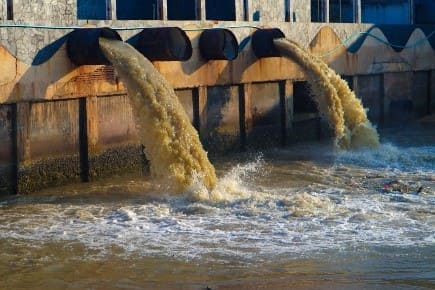How does industrial waste water treatment plant work?
Blog Summary
Industrial waste water treatment equipment's is an important process that helps to clean the water generated from industrial activities, making it safe for discharge into the environment or reuse. This process is essential to protect human health, the environment and to comply with regulations and laws that govern the discharge of industrial waste water.
A typical industrial waste water treatment plant works in several stages, including:
- Pretreatment: The first step in industrial waste water treatment is to remove large solids, such as sand, grit, and other debris that can clog the system or interfere with treatment processes.
- Screening: After pretreatment, the waste water is screened to remove any remaining solids, using a bar screen, drum screen or similar equipment.
- pH adjustment: The pH of the waste water is then adjusted to optimize the performance of the subsequent treatment processes.
- Primary treatment: The primary treatment stage typically involves sedimentation or settling, where the waste water is held in a basin or tank to allow solids to settle to the bottom. The settled solids are then removed and the clarified water is moved on to the next stage of treatment.
- Secondary treatment: The secondary treatment stage is where the majority of the contaminants are removed from the waste water. This stage typically involves biological treatment processes, such as activated sludge or biological filters, that use microorganisms to consume and break down the contaminants.
- Tertiary treatment: The final stage of industrial waste water treatment is called tertiary treatment. This stage is designed to remove any remaining contaminants that have not been eliminated in the previous stages. Tertiary treatment methods may include filtration, disinfection, or advanced processes such as reverse osmosis or ion exchange.
- Disinfection: The final step in the treatment process is disinfection, which uses chemicals or ultraviolet light to kill any remaining pathogens and harmful microorganisms in the water.
After these stages, the treated waste water is then discharged into the environment or reused, depending on the specific regulations and requirements for each industry.
In conclusion, industrial waste water treatment plants is a complex process that helps to clean and purify waste water generated from industrial activities, making it safe for discharge into the environment or reuse. It is an essential step to protect human health, the environment, and to comply with regulations and laws that govern the discharge of industrial waste water.
